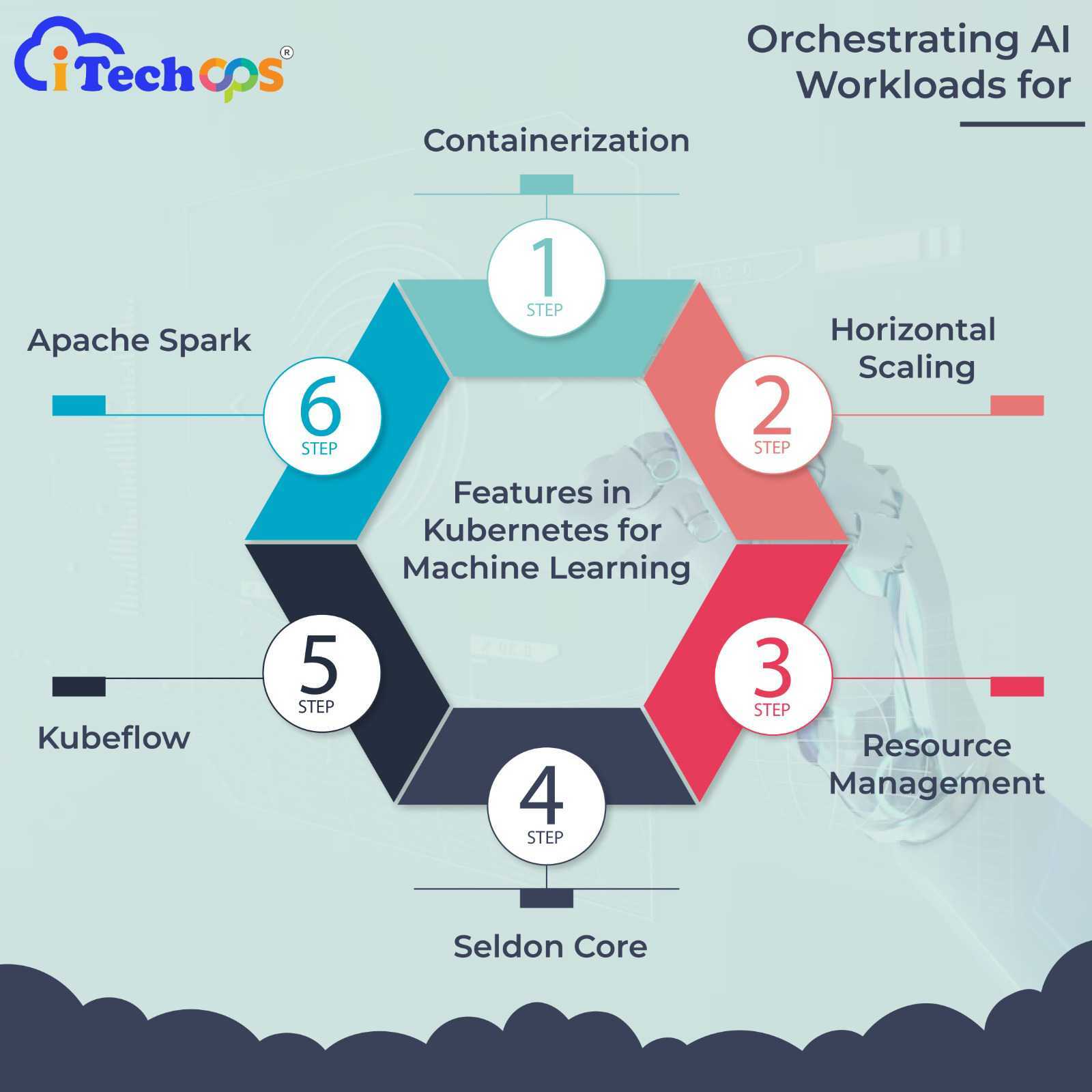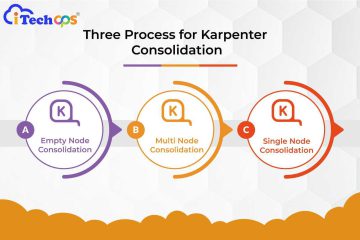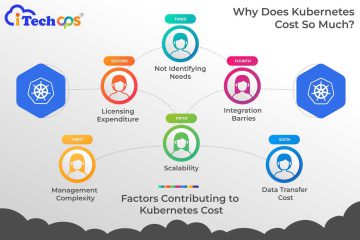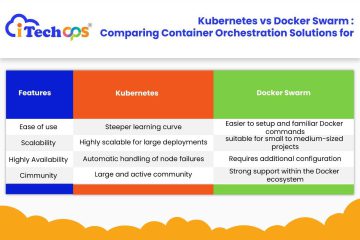Kubernetes For Machine Learning: Orchestrating AI Workloads

The world of artificial intelligence is growing fast, and hence, demands to scale it up are also on the rise. Artificial intelligence is now used in every aspect of management, be it decision-making or even automation. In such instances, it is much more difficult to manage machine language. Kubernetes is an open-source platform designed to automate your deploying needs. But did you know you can also use Kubernetes for machine learning?
The relationship between machine learning and Kubernetes has proven to be quite symbiotic, and it has made orchestrating AI workloads simpler than before. It not only ensures that your AI applications have flexibility but also works in favor of scalability and reliability.
What Does One Mean By Kubernetes?
Before we discuss how Kubernetes, in particular, can simplify the machine-learning process, we must know about Kubernetes. Kubernetes’s major aim is to aid you with a container-centric management environment. Wondering what a container does? Containers usually package an application’s code, dependency, and library into a single image. This consistency is quite important when dealing with such varied infrastructure.
The best thing about Kubernetes is that it works on the declarative model. This ensures that you, as a user, can desire the state of the application. The declarative model can simplify application management and make it much simpler to scale. You can also update and maintain the distributed system with ease.
What Role Does Kubernetes Play In The AI Workload Management?
Kubernetes is highly effective in the AI workload management segment. Some of the important components are:
1. Allocation of Resources and Scaling
One of Kubernetes’s most important roles in orchestrating AI workloads is allocating resources. This can range from CPU and memory limits to horizontal pod autoscaling. Kubernetes ensures that the AI workload has the resources it needs to function. They will also scale this resource allocation based on current demand and customize it according to needs.
2. Storage For AI Models
If you have extensively worked with different kinds of AI Models, then storage is extremely important. Kubernetes provides an effective solution and ensures that valuable information is stored efficiently. You do not lose out on valuable information, and it is protected even if the container has incurred any damages.
3. CRD for AI
Kubernetes also provides AI workloads with effective custom resource definitions. This feature ensures that one can extend the API and define the custom resources in detail.
Features In Kubernetes for Machine Learning
Kubernetes as a platform has tons of features that are quite effective for machine learning. Some of these are
1. Containerization
The most effective feature of Kubernetes for machine learning is containerization. It ensures that you can encapsulate every component of the machine-learning workflow in containers. It also ensures that you can maintain both portability and consistency across various environments. Developers can package the model and libraries into container images. This helps in simple deployment and enhanced reproducibility.
2. Horizontal Scaling
A very common tendency with machine learning workloads is fluctuation in demand. This usually happens more in the context of model training or even inference. In such instances, horizontal scaling can come in handy. This will allow you to provision resources that can handle the load automatically.
On the contrary, it can also scale down the resources when the demand is not that high. This feature ensures optimal resource utilization, which leads to more efficient costing. You will use resources only when they are needed.
3. Resource Management
A very important feature of Kubernetes is that it allows you to have a solid grip on the concept of resource allocation and management. This allows users to specify the kind of memory limit and CPU that they are looking for for each container. How does it help? The best thing about resource management is that it ensures that the machine learning workload can get hold of the resources as the workload requires. This will help one to carry out the functioning efficiently.
4. Seldon Core
A very popular feature of Kubernetes that one can use extensively to convey machine learning models to REST/GRPC service is none other than Seldon Core. The best thing about this particular feature is that it can come in handy for a range of ML model types. Some of the types where you can deploy the Seldon Core with efficacy include TensorFlow, PyTorch, and H2o.
5. Kubeflow
When we talk about the amazing features that Kubernetes brings in for machine learning, we must talk about the highly effective Kubeflow. This is an open-source machine learning toolkit that is particularly designed for use with Kubernetes. As a platform, it can help you to create, implement, and oversee machine learning workflows. It has native integration with Kubernetes and, hence, can help you with components for serving and training models.
6. Apache Spark
Finally, when it comes to the effective features of Kubernetes, we must talk about Apache Spark. This is usually a distributed computing framework that is best for processing big data. There are usually quite a few built-in machine learning libraries, and these can easily be used in collaboration with Kubernetes tools like Spark.
Major Advantages of Using Kubernetes For Machine Learning
There are quite a few solutions, yet the name Kubernetes always surfaces at the top in the context of machine learning and orchestrating AI workload. Some of the major advantages that you can anticipate are:
●The most effective benefit is the scaling features that Kubernetes provides, such as horizontal scaling. This can allow you to scale up dynamically and down the responses based on the changes in demand.
●Kubernetes is one of the best options to use for machine learning as it can aid you in allocating and scheduling resources effectively. This can maximize the investment.
●The underlying structures of Kubernetes make machine-learning applications more portable across various environments. This allows you to get consistency.
●It helps you to automate the various branches of both application development and management. This can help reduce the burden on developers and operators effectively.
Conclusion
There is no doubt that the emergence of Kubernetes has completely changed the way we deploy and manage the functioning of machine learning. It allows you to not only streamline the machine learning work but also enhance the utilization of resources. As the demand for artificial intelligence continues to grow, Kubernetes will play an important role in scaling an effective machine learning deployment. For orchestrating AI workload and ensuring data scientists have the best infrastructure management, it does not get better than Kubernetes. You can get more information on this by consulting itechops.com.



0 Comments